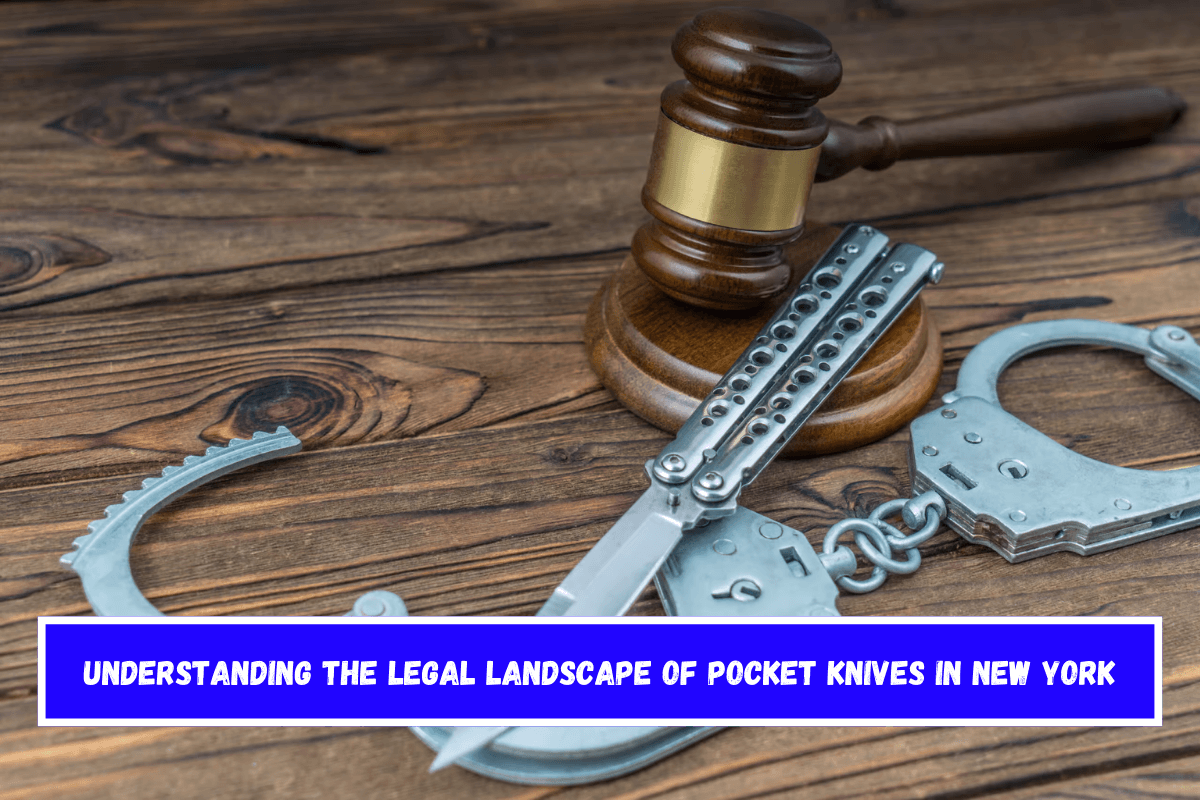Pocket knives are useful tools and everyday carry items, however their legality varies substantially by state. The regulations governing the possession, sale, and usage of pocket knives in New York are complex and sometimes perplexing. This blog seeks to clarify the legal picture around pocket knives in the Empire State.
Definition & Classification
In New York, a pocket knife is typically defined as a folding knife with a blade that may be concealed in a pocket. However, a knife’s precise classification can influence its legality. New York law classifies knives as “gravity knives,” “switchblades,” or “ordinary pocket knives.”
A gravity knife is defined as one that opens automatically due to gravity or centrifugal force. A switchblade, on the other hand, is a knife that opens automatically with the press of a button or other device.
Legal Ownership
Ordinary pocket knives can be legally owned in New York. Gravity knives and switchblades, on the other hand, are outlawed, with exceptions being allowed for specific vocations or hobbies. This means that if you own a conventional folding pocket knife, you are probably within your legal rights to carry it, as long as you do not intend to use it illegally.
Carry Pocket Knives
The legality of carrying a pocket knife in New York is also dependent on the motivation behind the possession. Section 265.01(1) of the New York Penal Law makes it illegal to possess a “dangerous knife” with the intent to use it unlawfully against another person.
This means that if you publicly carry a pocket knife in public but have no intention of utilizing it as a weapon, you may be on more solid legal ground. However, it is always best to err on the side of caution, as local law enforcement officers may interpret the law differently.
Urban vs. Rural Areas
It’s vital to recognize that legal interpretations differ between urban and rural settings. In New York City, for example, knife regulations can be strictly enforced. Carrying a pocket knife in public may create suspicions, and individuals may suffer legal consequences even for everyday pocket knives. In more rural regions, residents may have more freedom in how they carry and utilize pocket knives.
Legal Precedents and Challenges
Several court challenges in New York have questioned gravity knife classifications and related statutes. The New York State Court of Appeals addressed these difficulties, resulting in modifications in how the statute is construed.
In 2019, for example, the court held that the phrase “gravity knife” should not be used to describe blades that need a deliberate action to open, widening the definition of what is legally considered an ordinary pocket knife.
Practical Tips for Knife Owners
For individuals carrying pocket knives in New York, here are some practical tips to ensure compliance with the law:
- Know the Type: Be aware of the type of knife you own. If it’s a gravity knife or switchblade, refrain from carrying it in public.
- Limit Size and Blade Length: While there’s no strict legal definition regarding blade length for ordinary pocket knives, keeping the blade under 4 inches can help avoid complications.
- Avoid Intent to Harm: Always carry your knife with a legitimate purpose, whether it be for work, outdoor activities, or other benign uses.
- Stay Informed: Laws can change, and local ordinances may impose additional restrictions. Regularly check for updates regarding knife laws in your area.
Conclusion
In conclusion, while pocket knives are usually lawful to own and carry in New York, it is critical to understand the unique rules that apply to various types of knives.
Understanding the complexities of these regulations will allow you to navigate the legal landscape with greater confidence and avoid potential legal complications. Whether for practical or personal reasons, being a responsible knife owner assures compliance and safety for everybody.
Also See:- Tennessee Traffic Rule 2024 Update: Understanding the Right Turn on Red Rule











Leave a Reply